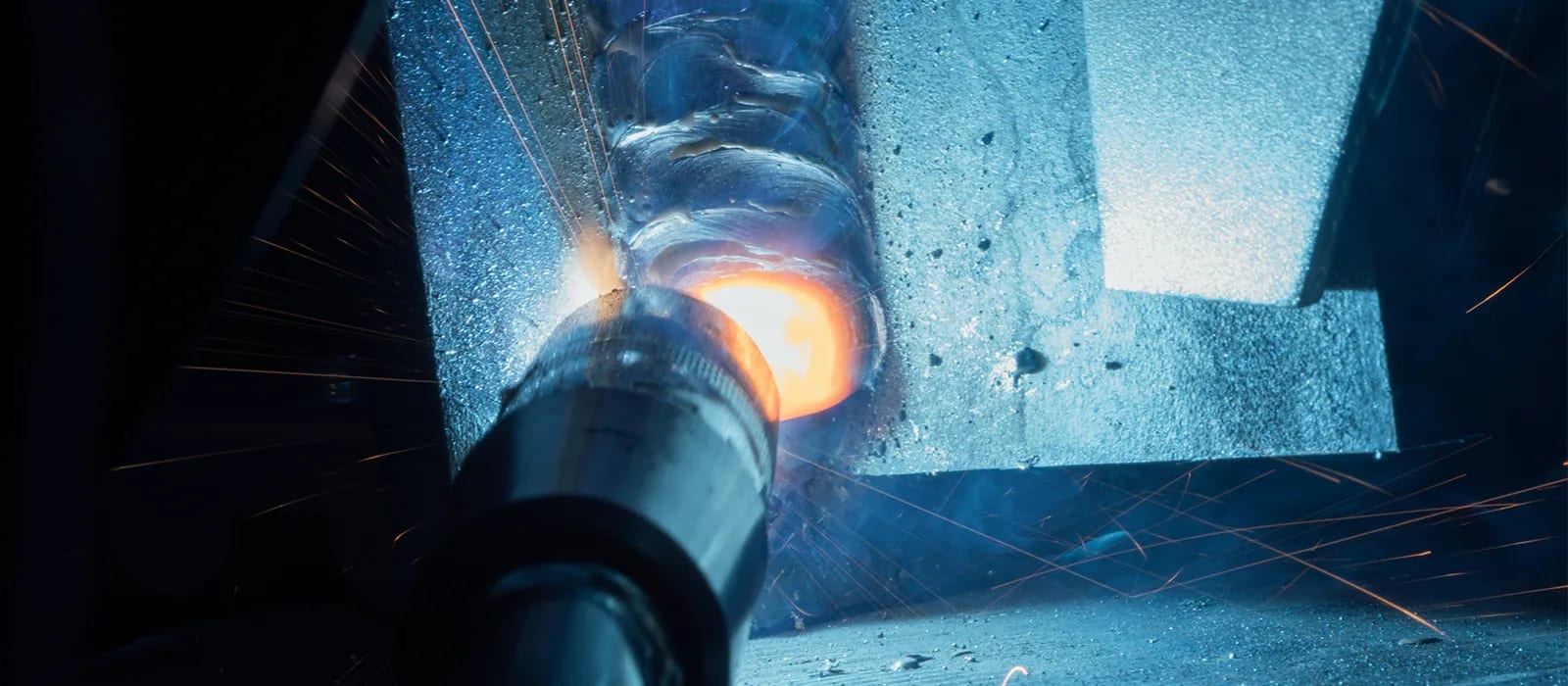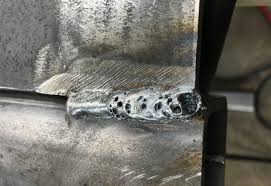Recognizing Porosity in Welding: Exploring Causes, Results, and Prevention Strategies
Porosity in welding is a relentless obstacle that can considerably influence the quality and integrity of welds. As experts in the welding market are cognizant, understanding the causes, results, and prevention methods connected to porosity is vital for attaining robust and dependable welds. By diving into the origin of porosity, examining its harmful impacts on weld quality, and exploring efficient prevention techniques, welders can enhance their understanding and skills to produce top quality welds constantly. The intricate interaction of aspects adding to porosity needs a comprehensive understanding and a positive approach to make certain successful welding outcomes.
Typical Reasons For Porosity
Contamination, in the type of dust, grease, or corrosion on the welding surface, produces gas pockets when warmed, leading to porosity in the weld. Improper protecting happens when the securing gas, generally utilized in procedures like MIG and TIG welding, is unable to totally protect the molten weld pool from reacting with the surrounding air, resulting in gas entrapment and succeeding porosity. Furthermore, poor gas coverage, often due to wrong flow prices or nozzle positioning, can leave components of the weld unsafe, allowing porosity to create.
Impacts on Weld High Quality
The presence of porosity in a weld can dramatically jeopardize the overall quality and honesty of the welded joint. Porosity within a weld produces voids or cavities that weaken the structure, making it extra at risk to cracking, rust, and mechanical failure. These gaps serve as anxiety concentrators, decreasing the load-bearing ability of the weld and enhancing the likelihood of early failure under applied stress. In enhancement, porosity can additionally function as prospective websites for hydrogen entrapment, further exacerbating the destruction of the weld's mechanical properties.
In addition, porosity can prevent the performance of non-destructive testing (NDT) methods, making it testing to identify other flaws or suspensions within the weld. This can result in considerable security worries, especially in vital applications where the structural stability of the welded parts is vital.

Avoidance Techniques Summary
Given the harmful effect of porosity on weld top quality, efficient avoidance strategies are vital to preserving the architectural integrity of bonded joints. Furthermore, choosing the suitable welding parameters, such as voltage, existing, and take a anchor trip rate, can assist decrease the threat of porosity formation. By integrating these prevention strategies into welding methods, the occurrence of porosity can be substantially decreased, leading to more powerful and much more trusted welded joints.
Significance of Proper Protecting
Proper securing in welding plays a vital function in protecting against atmospheric contamination and guaranteeing the integrity of welded joints. Shielding gases, such as argon, helium, or a blend of both, are commonly used to shield the weld pool from responding with aspects in the air like oxygen and nitrogen. When these reactive elements enter into call with check over here the hot weld swimming pool, they can create porosity, resulting in weak welds with minimized mechanical buildings.

Poor securing can lead to different defects like porosity, spatter, and oxidation, endangering the architectural integrity of the welded joint. For that reason, sticking to proper shielding techniques is important to produce high-quality welds with very little flaws and ensure the durability and integrity of the welded parts (What is Porosity).
Tracking and Control Approaches
How can welders efficiently keep an eye on and regulate the welding procedure to ensure ideal outcomes and prevent defects like porosity? One key technique is with the usage of innovative surveillance innovations. These can include real-time tracking systems that supply feedback on criteria such as voltage, current, travel speed, and gas circulation prices. By continually keeping an eye on these variables, welders can recognize deviations from the ideal conditions and make instant changes to stop porosity development.

Additionally, applying correct training programs for welders is vital for keeping track of and controlling the welding process properly. his explanation What is Porosity. Informing welders on the significance of maintaining regular specifications, such as appropriate gas securing and take a trip speed, can aid stop porosity issues. Normal assessments and certifications can additionally guarantee that welders are skilled in monitoring and regulating welding procedures
In addition, using automated welding systems can boost monitoring and control abilities. These systems can exactly regulate welding specifications, reducing the probability of human error and making certain consistent weld high quality. By integrating advanced tracking technologies, training programs, and automated systems, welders can successfully monitor and control the welding procedure to reduce porosity flaws and achieve premium welds.
Conclusion
